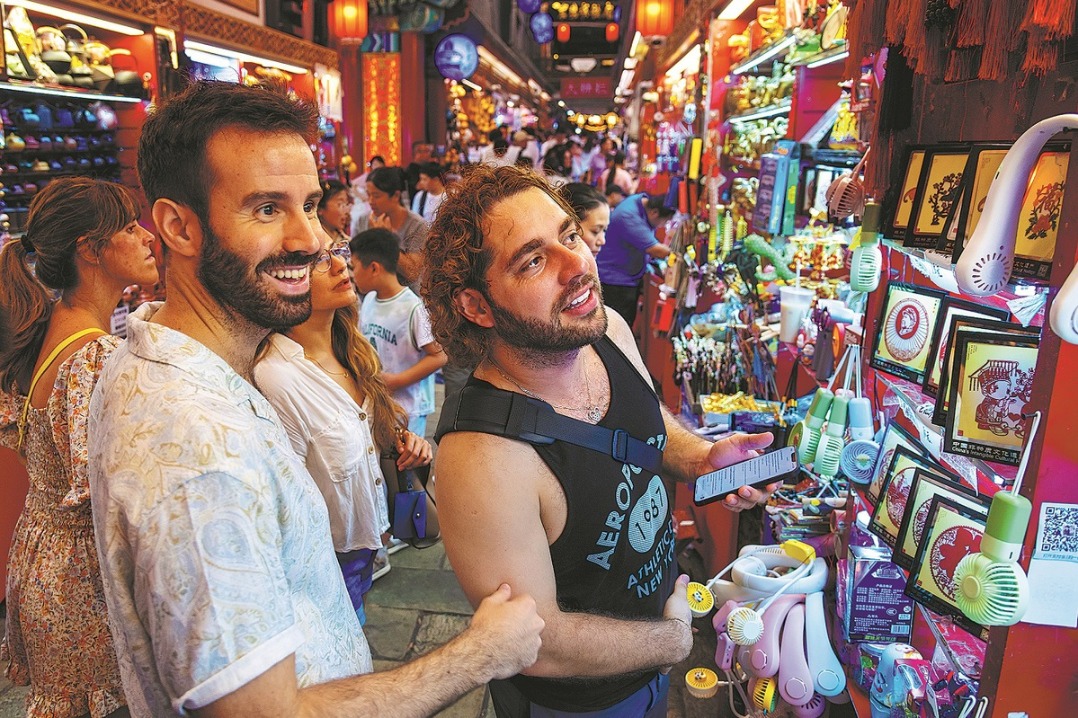CELEBRATING SIX CENTURIES OF SPLENDOR
As the Forbidden City marks two major anniversaries, images by China Daily photographer Jiang Dong capture its grandeur

The Forbidden City, known today as the Palace Museum, is celebrating the 600th anniversary of the completion of the compound's construction. This year also marks the 95th anniversary of the establishment of the museum, the largest in China and home to more than 1.8 million cultural treasures.
Measuring 961 meters from south to north and 753 meters from east to west, and protected by 10-meter walls and a moat, the complex covers an area of over 720,000 square meters.
It served as the imperial palace during the Ming (1368-1644) and Qing (1644-1368) dynasties. In 1406, Zhu Di, the third emperor of the Ming Dynasty, decided to move the empire's capital from Nanjing, today the capital of Jiangsu province, to Beijing. It took more than 10 years to prepare timber for the construction.
Since its completion in 1420, some structures in the compound have been repeatedly rebuilt after being damaged or destroyed by lightning strikes and fires. As the center of the Chinese empire, the Forbidden City was home to 24 emperors.
In 1925, it opened its doors to visitors and became known as the Palace Museum. Fortunately it remained mostly intact during the War of Resistance Against Japanese Aggression (1931-45) and the civil war.
In May 1949, a renovation project was launched and the compound gradually regained its former glory.
In December 1987, it was designated as a UNESCO world heritage site and has since become one of the country's leading cultural attractions, attracting millions of visitors every year.
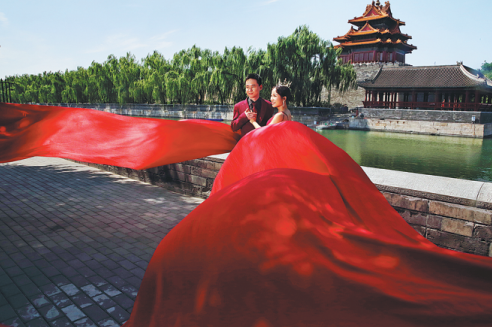
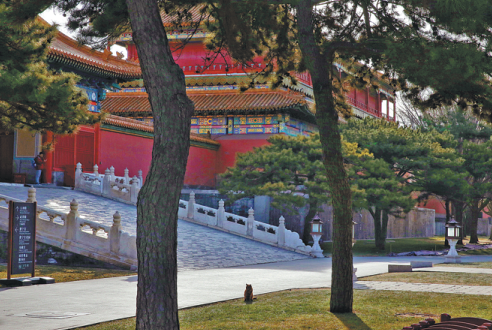
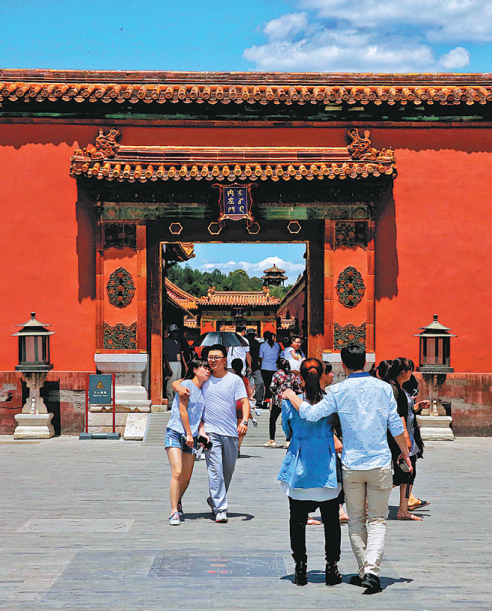
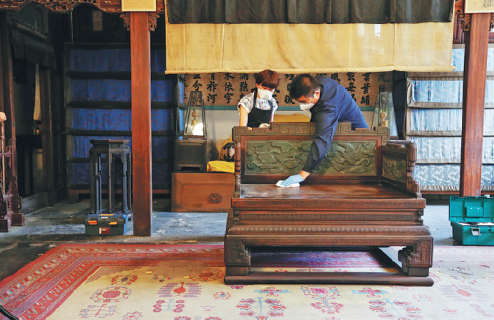
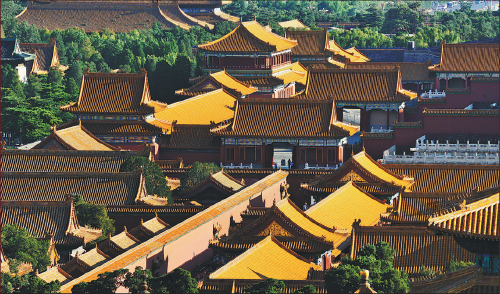
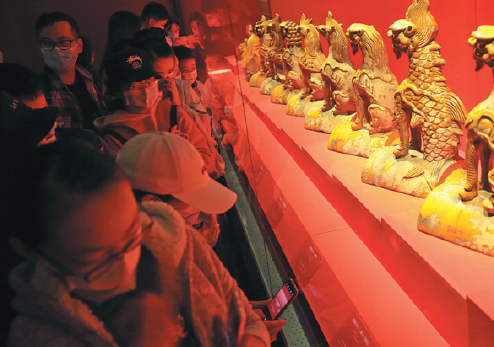
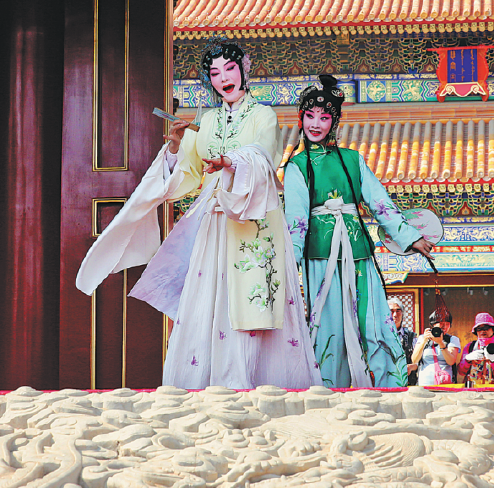
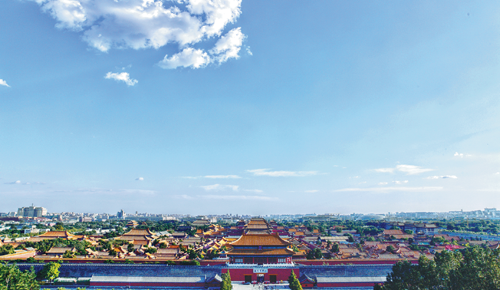
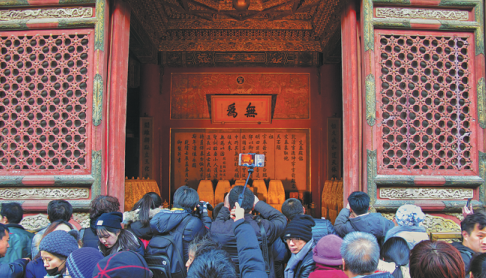

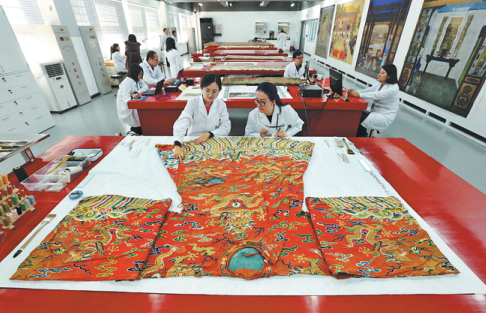
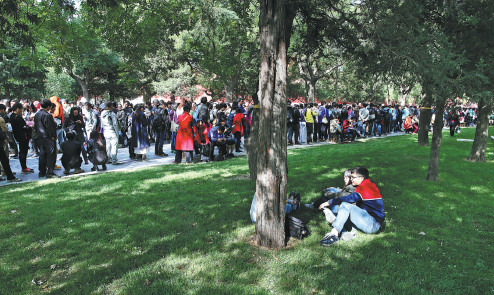
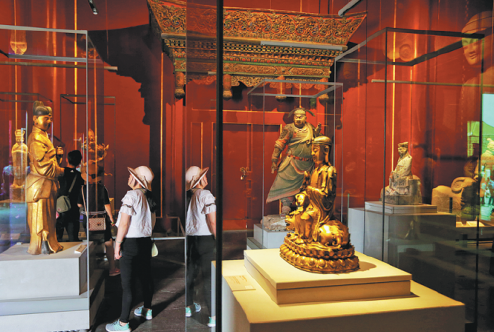
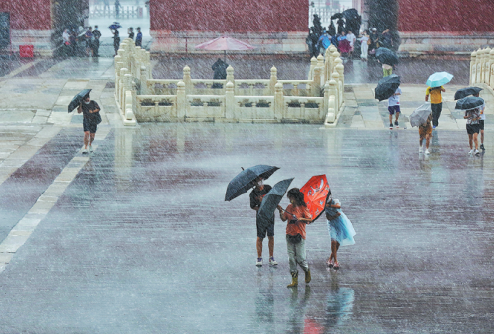
Today's Top News
- China's industrial profits down 1.8% in H1
- Thailand responds to Trump's ceasefire call
- Recall vote shows DPP's manipulation runs against Taiwan people's will: mainland spokesperson
- Top DPRK leader visits China-DPRK Friendship Tower
- China proposes global cooperation body on AI
- Scholars propose inclusive human rights framework






















